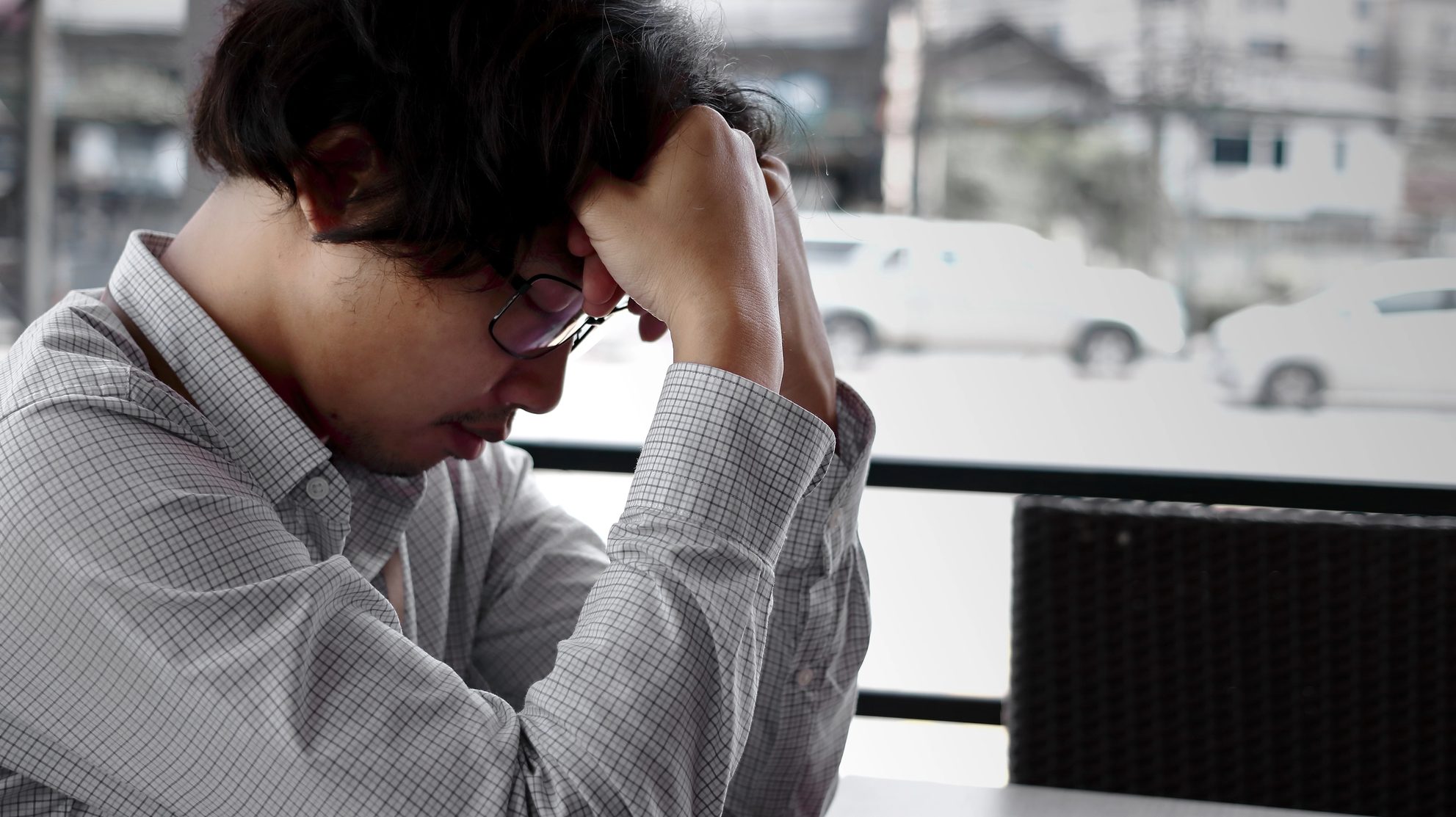SINGAPORE: A significant 61% of Singaporean workers are experiencing burnout, according to the latest Wellness at Work report by Employment Hero.
This statistic, marking only a slight improvement from 62% in 2022, points to the ongoing challenges many employees face in managing workplace stress and maintaining mental well-being, such as a cutthroat work environment and stigma surrounding mental health issues that perhaps exacerbate the situation for workers battling depression and anxiety.
Amid this situation, workplace wellness has become a focal point for many businesses, as professionals increasingly prioritize their well-being in the workplace.
Kong Wan Long, co-founder and chief commercial officer of co-working space provider JustCo, told Singapore Business Review (SBR): “Workplace wellness comes in two forms — tangible and intangible.” While tangible amenities such as nap rooms and well-stocked pantries provide physical comfort, fostering a welcoming work culture plays a crucial role in positively impacting employees’ overall well-being.
JustCo is among the companies investing more resources in creating a conducive environment for workers. A recent survey commissioned by JustCo and conducted by Milieu Insights found that more than half of Singaporean SME employees consider productivity and well-being as top priorities when choosing a job. However, one in three workers still face challenges due to a lack of wellness facilities in their workspaces.
Wellness amenities have become essential for employees working in small and medium enterprises (SMEs), which employ around 70% of Singapore’s workforce. Popular amenities include well-stocked pantries and relaxation areas, with 47% and 37% of respondents respectively preferring these options. Ergonomic furniture, such as chairs, is also highly sought after.
Mr Kong emphasized that wellness at work extends beyond physical amenities. “Wellness at work goes beyond simply going for team bonding with colleagues or having a good coffee break,” he said. JustCo’s commitment to enhancing the work experience has resonated with its employees, with 80% appreciating the company’s focus on improving the intangible aspects of workplace wellness.
Psychologist Ooi Sze Jin, founder of Singapore-based psychology clinic A Kind Place, echoed these sentiments. “Employees want to work in better workplaces that have a more positive work environment,” she told SBR.
Positive messages from management, flexible work arrangements, and a sense of safety at work are critical factors that contribute to a healthier workplace culture. Ms Ooi also pointed out that some burnt-out workers might need therapy to manage their emotions, set better boundaries at work, and handle panic attacks.
To foster a healthier workplace, Ms Ooi suggested that companies could start small by engaging in organisational “check-ups” to assess their employees’ well-being and implement necessary changes. She stressed the importance of management self-awareness, noting that leaders play a key role in shaping a happier work environment.
The psychologist also highlighted the power of counselling in helping workers establish boundaries, advocate for better working conditions, or, in some cases, seek new employment opportunities that align better with their well-being.
As Singapore’s SMEs continue to prioritize employee well-being, the adoption of flexible workspace solutions, including hybrid work models, is becoming more prevalent. These approaches not only optimize space and cost but also allow companies to integrate wellness features that support both the physical and mental health of their employees.
As companies continue to invest in wellness initiatives, the hope is that more workers will experience a healthier, more balanced work environment, reducing burnout rates and fostering a culture of care across Singapore’s workplaces.
TISG/
Featured image by DepositPhotos

